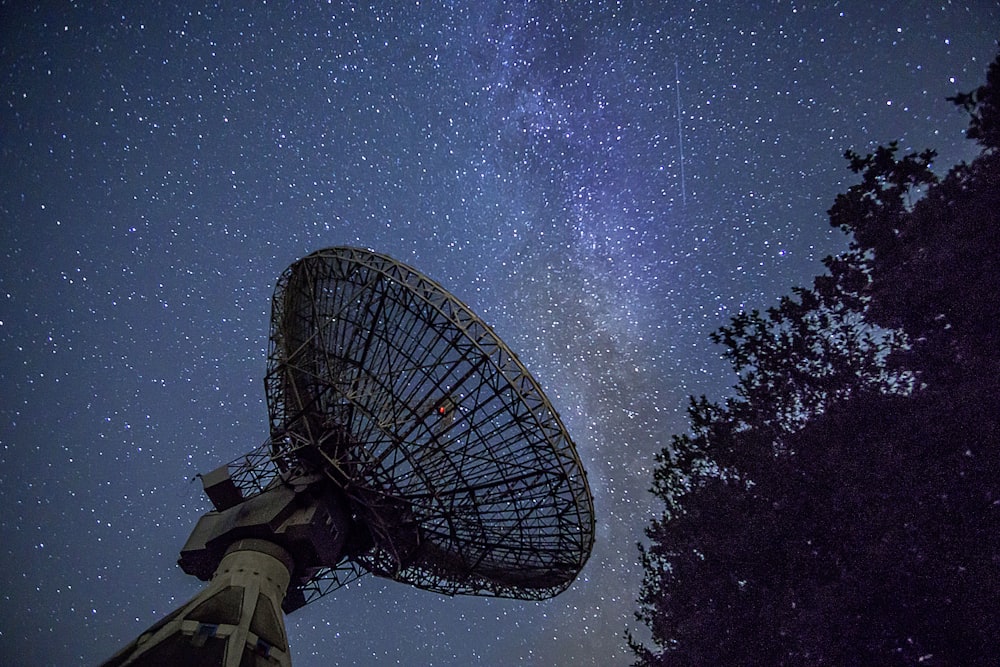Sci-fi Primers: Remote Sensing - Part 1
Scanners Suggest Something Scientific is Happening Over There!
Ensign: “Captain, the long-range scanners indicate that the aliens’ blood-type is O-negative.”
Captain: “My God… Universal donors. What else is on the scanners?”
Ensign: “That the aliens think Star Wars Episodes Seven through Nine were the best.”
Captain: “Monsters! Arm the photon torpedoes!”
What Is Remote Sensing?
“Remote sensing” refers to observing and gathering information about an object from a distance, i.e., without making physical contact. That could mean watching your cat play in the living room, listening to traffic passing outside, or observing the first proto-galaxies using the James Webb Space Telescope (JWST).

Remote sensing of some form is a mainstay of science fiction. The USS Enterprise’s “long-range sensors” feature pretty much unchanged in Star Wars, Stargate, and hundreds of movies and books.
Often, “ship sensors” are a convenient way for the crew of a spaceship to be effectively omniscient about what’s going on across a whole planet or solar system.
The information gathered can take many forms. A non-exhaustive list includes:
Visual images (often high-quality at extreme magnification, across vast distances)
Communications
Biosignatures or “life signs”
Condition/state of vehicles (e.g., “Captain, the enemy vessel has raised shields.”)
Emission of “anomalous energy emissions/radiation”
Climate/atmospheric conditions of a local planet
Gravity maps of a local area of space
How Realistic Are “Ship Sensors”?
All of the above exist in reality in some form. They each also provide valid aids to storytelling. The issue of realism comes in when we consider how these data are gathered, and the quality of information extracted, i.e., the gadgets, and how effective they are.
To assess that, we need an understanding of the physical limitations of gathering knowledge about our surroundings.
As presented in media, some of the things listed above:
Obey the laws of physics and exist in contemporary technology (tick!)
Obey physical law but are beyond our current engineering prowess (near-future or Iron Man-level rich, tick!)
Follow speculative science at the forefront of modern research and need a bit of handwaving to be convincing (can work if you get the fundamentals right)
Are physically impossible as far as modern science is concerned, and essentially describe magic systems in some parallel reality (better skip this primer and watch Brandon Sanderson’s class on magic systems. Good luck and have fun!)
But which is which? How much of what the genre takes for granted is grounded in fact? What’s fair game, where are the common pitfalls, and what do you as an artist have to consider?
In part 2, we’ll look at an overview of the relevant science. In part 3, we’ll explore some of the common mistakes and tropes. In part 4, we’ll discuss some ways to avoid pitfalls and perform convincing handwaving. Part 5 contains further reading and similar articles, and part 6 takes a deeper dive into to the maths and science.
Let’s dive in!
